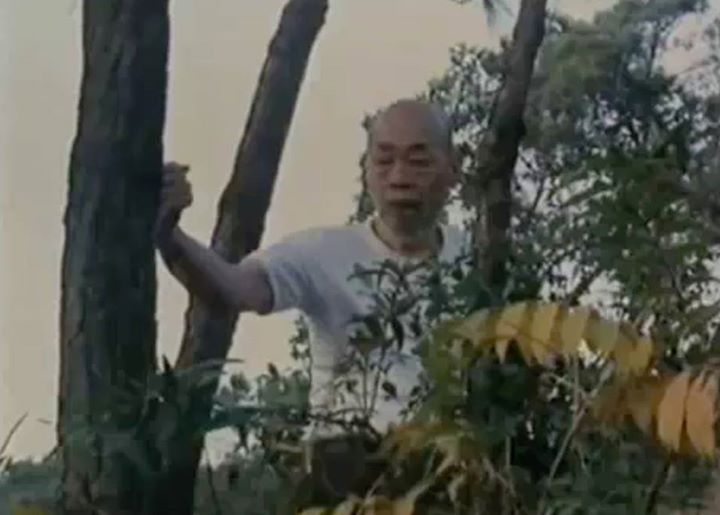
“This is a great fact that I am sharing now, for the benefit of whoever wants to get it: in our family’s Hung style breathing in never happens while contracting the muscles or even worse executing a technique. For this reason we do not breath in while pulling the hands, as many people of other schools do.” This phrase written in a previous article produced a significant quantity of messages from students interested in a more exhaustive explanation of the matter.
I mentioned the Hung Kuen breathing as taught by master Chan Hon Chung in this article about the “one finger bridge”. As I stated several times in the past, I am no “sifu” nor “coach” (cfr the famous master Chan BBC interview), but in these days I celebrate my 40 years of Hung Kuen and 32 years since learning Tit Sin Kuen from master Chan Hon Chung, so I decided it’s time to share my experience, for the benefit of whoever is interested in it.
Back in the days of 729 Nathan Road there was very little or no explanation at all. Master Chan and my si-hing had an old-fashion way of teaching, kind of: “look what I am doing, try to understand it, repeat it a million times until you feel by yourself that you are doing it correctly, than show me what you can do and I’ll correct your mistakes”.
I had the privilege to learn the Tit Sin Kuen from master Chan. He did not want other students to peek, so every day we reached his country cottage in the New Territories (I took the picture above in the tiny living room, after helping him in the garden), where he used the same way of teaching: he did the moves a couple of times, I had to memorise and repeat them one million times while he was doing things in the cottage, then he appeared and fix the details.
The only exception to the method was the advanced explanation of the “Dragon breathing”, that I had approached a couple of years earlier in the standard “imitative” while learning Sup Yin Kuen. After a few sets of teaching, Master Chan asked the aid of Arthur Chan – a brother who spoke a very good English – to interpret his unusually extensive explanation of the breathing. I summarise in brief what I learned:
- all the breathing actions happen in the belly, the upper torso is kind of passive;
- all the breathing is a consequence of pelvis and diaphragm actions;
- breathing-in comes from relaxing the diaphragm and the abdominal muscles, producing a slight anti-version of the pelvis. This action creates an increase of volume in the lower torso, generating a depression that pulls the air in;
- breathing-out comes from a progressive tension of the diaphragm and the abdominal muscles, producing a slight retro-version of the pelvis. This action creates a significant reduction of volume in the lower torso, generating a pressure that pushes the air out. Dropping the shoulders helps reducing the volume;
- different techniques require different quantities of air. Every breathing in must pull the quantity of air required by the next technique, not more, not less or the breathing will be messed up;
- there are no movements in Hung Kuen, not even one, that are finalized without a full breathing out. Breathing out is an essential action of every strike;
- every muscular contraction and technique finalization without a full breathing out is wrong and unhealthy.
Here we are. The above information are what a student needs to train correctly the advanced forms of Hung Kuen, but are also useful for updating the basic forms “under the light of the Dragon”. This brief video of the advanced salute can be helpful to understand. Those few movements are to be analysed and studied carefully, because they contain all the secrets of the “advanced breathing”, a significant component and the most difficult part of performing a correct Tit Sin Kuen.
https://youtu.be/nMRVAsRXofU
This is it. I do not pretend to enunciate the Ultimate Revealed Truth and I understand that every school and lineage has different ideas and points of view about the advanced forms. But if we are talking about the Chan Hon Chung legacy, this is what I learned from the man himself in 1984, what I applied to my daily training since then and verified in 2010 with my si-hing Cheung Yee Keung. I am therefore happy to share it with whoever is interested in it.